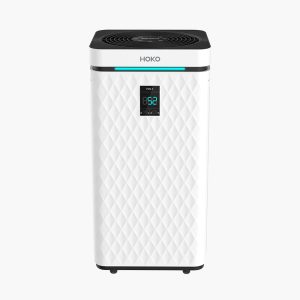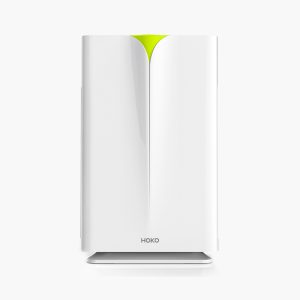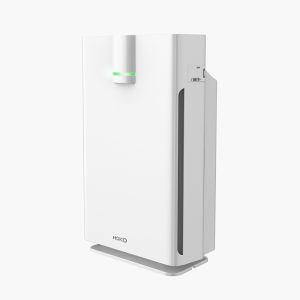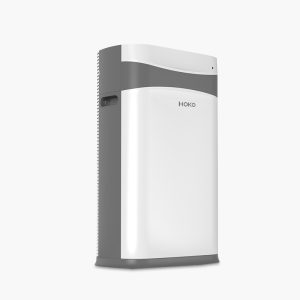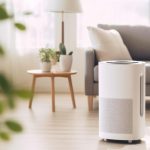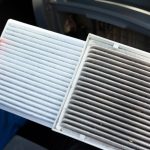Air pollution is not just an outdoor problem; indoor air can also be filled with pollutants that can affect your health and well-being. With people spending most of their time indoors, it is vital to ensure that the air you breathe is clean and safe. That’s where air cleaners come in. But with so many options available, how do you choose the right one? In this guide, we’ll discuss the different types of air cleaners, factors to consider when selecting one, and tips for maintaining it.
When it comes to choosing the right air cleaner for your home, there are a number of factors to consider. The first thing to think about is the size of the space you want to purify. Air cleaners come in a range of sizes, and you’ll want to make sure you choose one that is appropriate for the size of the room you want to use it in. If you have a large room, you may need a larger air cleaner or multiple units to ensure effective air purification.
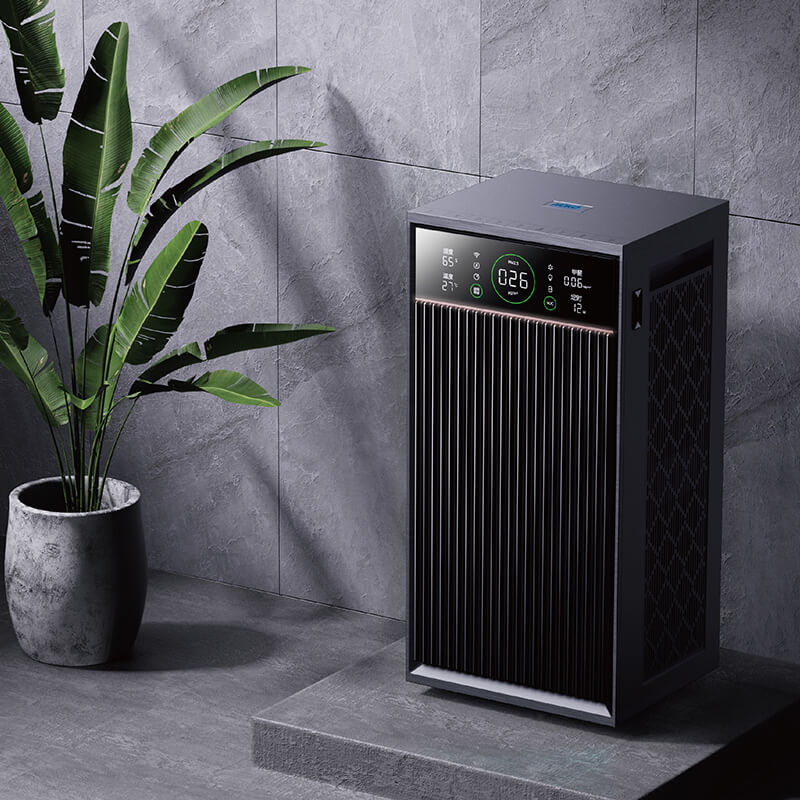
Another important consideration for many air purifiers is the type of filter used by the manufacturers. HEPA filters are considered to be the gold standard for air purification, as they can capture particles as small as 0.3 microns in size. However, there are also other types of filters available for air purifiers, such VOC filters such as activated carbon filters, which are effective at removing odors and VOCs.
Noise level is also an important factor to consider when choosing an air cleaner. If you plan on using it in a bedroom or other quiet space, you’ll want to choose a unit that operates quietly. Look for models that have low decibel ratings and are designed to run quietly without disturbing your sleep or work.
Energy efficiency is another consideration when choosing an air cleaner. Look for air cleaning models that are ENERGY STAR certified, which means they meet strict energy efficiency guidelines set by the U.S. Environmental Protection Agency. These models are designed to use less energy and save you money on your utility bills.
Why Air Cleaners Are Essential
Indoor air can be contaminated with various pollutants such as allergens, mold, bacteria, viruses, and volatile organic compounds (VOCs). These airborne contaminants can exacerbate respiratory issues, trigger allergies, and even cause long-term health problems. Air cleaners help indoor air pollutants remove these harmful particles, improving indoor air quality and ensuring a healthy living environment.
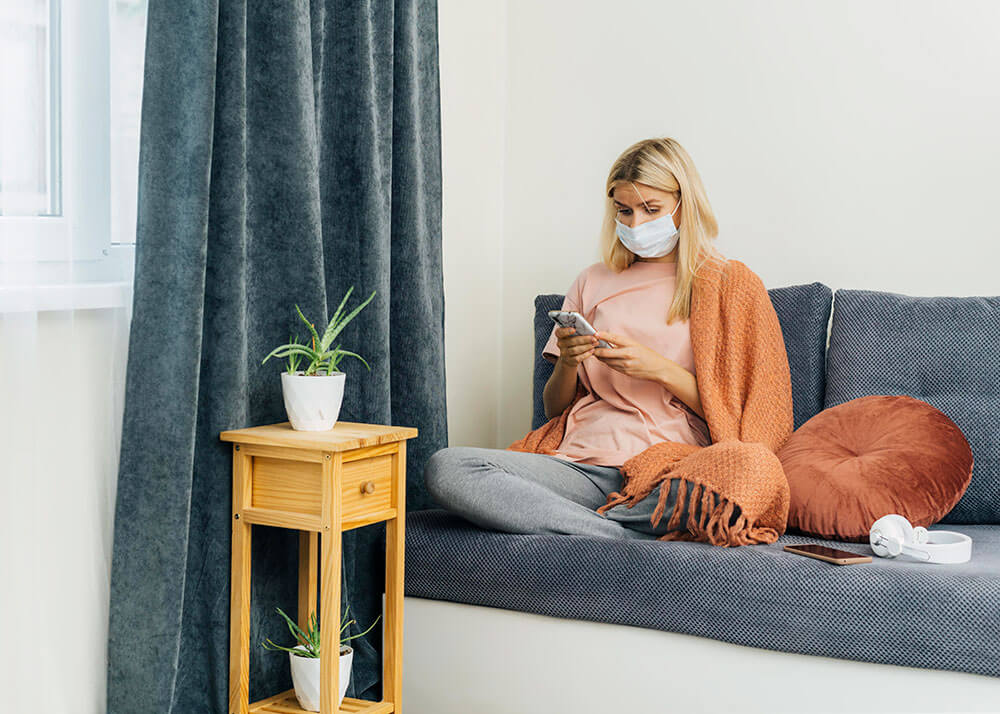
Air cleaners, also known as air purifiers, have become an essential appliance in many homes and workplaces in recent years. The primary function of home appliance manufacturers of an air purifiers works with other cleaners is to remove harmful particles and pollutants from the air, which can lead to various health problems. These appliances can improve indoor air quality by trapping and eliminating pollutants such as dust, cigarette smoke, pet dander, and volatile organic compounds (VOCs).
Poor indoor air quality is a significant concern for many individuals, particularly those who suffer from allergies or respiratory issues. The Environmental Protection Agency (EPA) has reported that indoor air can be up to five times more polluted than outdoor air. Poor indoor air quality can cause a range of health problems, including headaches, fatigue, allergies, and respiratory issues.

Air cleaners can help to reduce the number of pollutants in the air, which can help to alleviate symptoms for individuals who suffer from allergies or respiratory problems. By removing airborne pollutants, air cleaners can also help to reduce the risk of developing health problems related to poor indoor air quality.
Air cleaners are also beneficial in removing unpleasant odors from the air. This can be particularly useful for individuals who live in areas with high levels of pollution or who have pets in their homes. Air cleaners with activated carbon filters are particularly effective at removing odors from the air.
Types of Air Cleaners
There are several types of portable air cleaners, each with its own unique method of purifying the air. Let’s explore the four main types of portable air cleaners:
Mechanical Filters
Air cleaner manufacturers make these filters work to remove fine particles by trapping particles in a fibrous material. The most common type of mechanical filter is the High-Efficiency Particulate Air (HEPA) filter, which can capture dust particles as small as 0.3 microns. HEPA filters are excellent at removing dust, pollen, pet dander dust mites, and mold spores.
Activated Carbon Filters
Activated carbon filters use a porous material to adsorb odors, gases, and VOCs and remove particles. They are often used in conjunction with mechanical filters to provide comprehensive air purification. You can buy the air cleaner wholesale rate on HOKO.
Electronic Air Purifiers
Electronic air purifiers, such as ionizers and electrostatic precipitators, use electric charges to attract and capture particles. These devices can be effective at removing airborne particles but may produce ozone, a respiratory irritant.
UV Germicidal Irradiation Cleaners
These cleaners use ultraviolet (UV) light to kill bacteria, viruses, and other microorganisms. They are often used in hospitals and laboratories to sterilize the air but may not be as effective at removing particles and allergens from the clean outdoor air.
Factors to Consider When Choosing an Air Cleaner
To find the perfect portable air cleaner for your needs, consider the following factors:
Room Size
Ensure that the air cleaner can effectively cover the area of the room where you plan to use it. Check the manufacturer’s recommendations for room size compatibility.
Clean Air Delivery Rate (CADR)
CADR measures the air cleaner’s ability to remove specific pollutants (dust, pollen, and smoke) from the air. A higher CADR means most air purifiers have better performance.
Filter Type and Replacement
Consider the type of filter used in the air cleaner and how often it needs to be replaced. Some filters are washable and reusable, while others require periodic replacement. Factor in the cost of replacement of reusable filters, when making your decision.
Noise Level
Air cleaners can generate noise during operation, which may be disruptive, especially in bedrooms or quiet spaces. Check the noise level rating (measured in decibels) and choose a device that meets your noise tolerance.
Energy Efficiency
Look for energy-efficient air cleaners that won’t significantly increase your energy bills. Some models are ENERGY STAR certified, indicating that they meet strict energy efficiency guidelines set by the U.S. Environmental Protection Agency.
Additional Features
Some air cleaners come with extra features such as air quality sensors, filter replacement indicators, or smart controls that allow you to monitor and control the device through your smartphone.
How to Maintain Your Air Cleaner
Proper maintenance is crucial for ensuring the longevity and effectiveness of your air cleaner. Follow the manufacturer’s instructions for cleaning or replacing filters, and periodically inspect the device for any signs of wear or damage. Keep the area around the air cleaner and clear of obstructions to facilitate proper airflow.
Air cleaners, also known as air purifiers, are valuable appliances for maintaining good indoor air quality. However, like any appliance, they require proper maintenance to ensure optimal performance. Here are some tips for maintaining your best air purifier or cleaner:
First, it’s important to regularly replace all the air filters in your air cleaner. This is the most critical aspect of maintaining your air cleaner. Activated carbon Filter should be replaced according to the manufacturer’s instructions, typically every 3-6 months, depending on usage. Failing to replace filters can lead to reduced air flow and decreased efficiency, which can negatively impact your room’s air quality.

Second, regularly clean the exterior of your air cleaner. Dusting pet hair and other particles can accumulate on the surface of the appliance, reducing its efficiency. Use a soft cloth or brush to gently wipe down the exterior of the air cleaner. Be sure to unplug the air changes appliance before cleaning and avoid using water, which can damage the appliance.
Third, check the air vents and fans for any obstructions. Dust and other particles can accumulate on the air vents and fans, reducing fan speed, airflow, and the efficiency of air conditioning. Use a soft brush or vacuum to remove any debris that may be blocking the vents or fan blades.
Fourth, periodically inspect the air cleaner for any signs of damage or wear. Check the power cord and plug for any frayed or damaged wires, and make sure the appliance is properly grounded. If you notice any damage or wear, contact the manufacturer for repair or replacement.
Finally, it’s important to follow the manufacturer’s instructions for use and maintenance of portable air cleaners. Every air cleaner is different, so be sure to read the manual thoroughly to ensure you are properly maintaining your appliance. HOKO is an air cleaner factory, and makes the best quality air cleaner.
Choosing the right air purifier for your room size
How do we filter out air-purifying devices? Smaller laptops and computers can be difficult to use in large living rooms and large, heavier air- purifiers might be unnecessary in your child’s bed. How do I choose my best fit? This measurement may appear on your air purifier specifications. Having an air purifier turn on the air for eight minutes on 350 square feet can be helpful as the best air purifiers and air filtration used on 2,000 square feet will be the most efficient on 3,000 square feet.

Choosing the right air purifier for your room size is crucial for optimal performance and effective air purification. The size of the various room air purifiers and the room air purifier’s CADR (Clean Air Delivery Rate) are the two main factors to consider when selecting an air purifier.
The CADR measures the air purifier’s efficiency at removing airborne pollutants from the air. It is typically measured in cubic feet per minute (CFM) and indicates the volume of air that an air purifier can clean in a given period of time. The higher the CADR, the more effective the air purifier is at removing pollutants from the air.
When choosing an air purifier, it’s important to consider the size of the room you want to purify. A general rule of thumb is that an air purifier should be able to clean the air in the room at least twice per hour. For example, if you have a 200-square-foot room with an 8-foot ceiling, you would need an air purifier with a CADR of at least 160 CFM.
It’s also important to consider the type of pollutants you want to remove from the next few air purifiers. Different air purifiers are designed to remove different types of pollutants, such as dust, pollen, pet dander, tobacco smoke, or VOCs. Be sure to choose an air purifier that is designed to remove the pollutants that are most common in your home or workplace.
In addition to room size and CADR, other factors to consider when selecting a room air purifier and selecting an air purifier include noise level, energy efficiency, and ease of maintenance. Look for an air purifier that operates quietly, uses minimal energy, and is easy to clean and maintain.
Conclusion
Choosing the right air cleaner can significantly improve your indoor air quality, making your home a healthier and more comfortable place to live. By understanding the different types of air cleaners and considering factors like room size, CADR, filter type, noise level, and energy efficiency, you can find the perfect device to suit your needs. Remember to maintain your air cleaner regularly to ensure optimal performance.
At HOKO, we take pride in our innovative technology that goes beyond just basic air filtration. Our air cleaners use advanced filtration systems that are highly effective in removing even the smallest particles from the air.
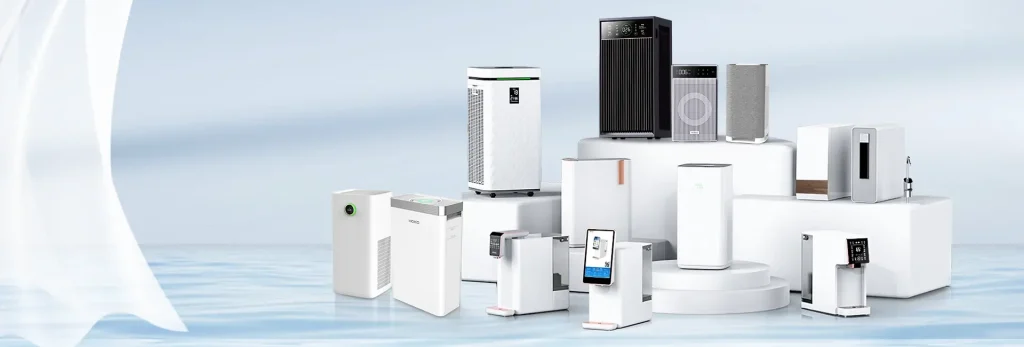
FAQs
Can air cleaners completely eliminate indoor air pollution?
While air cleaners can significantly reduce indoor air pollution, they may not be able to remove all contaminants completely. It’s essential to combine their use with other strategies, such as proper ventilation and regular cleaning, to maintain a healthy indoor environment.
Are air cleaners safe for people with asthma and allergies?
Air cleaners that use HEPA filters or activated carbon filters can help alleviate symptoms for people with asthma and allergies by removing allergens and irritants from the air. However, avoid air cleaners and furnace filters that produce ozone, as it can be harmful to those with respiratory issues.
How often should I replace the filter in my used air conditioner cleaner?
The frequency of filter replacement varies depending on the type of filter and usage. Consult the manufacturer’s guidelines for specific recommendations, and be sure to inspect the filter regularly for signs of wear or damage.
Can I use an air cleaner in multiple rooms?
While you can move a portable air cleaner from room to room, it is most effective when used fresh air only in a single room consistently. If you need air purification in multiple rooms, consider purchasing additional portable air cleaners, or a whole-house air purification system.
How do I know if my air cleaner is working effectively?
Many air cleaners come with various air quality sensor sensors that provide real-time air quality sensors and feedback on the device’s effectiveness. Additionally, you may notice improvements in odor, reduced allergy symptoms, or less visible dust accumulation in the air inside the room.
What is the guide to choosing an air purifier?
Air purifiers buyers lists. Take measurements of your space; what is your total? Your air conditioner should be supplied with an HPA filter. Find your filters. Check the filters. Keep in mind the Energy Star label ensures the Air-Pure purification system will never use too many energy sources.
What should I look for in an air purifier before buying it?
What do people think when buying a purifier for home use? Tell me what I need. Choose an ideal filter. Consider ACH or CADR rating. Check cleaning requirements and maintenance costs. Look at the sound levels and energy consumption. The poop is a little bit of an eyeball, but the poop is not quite as good. Intelligent features.
